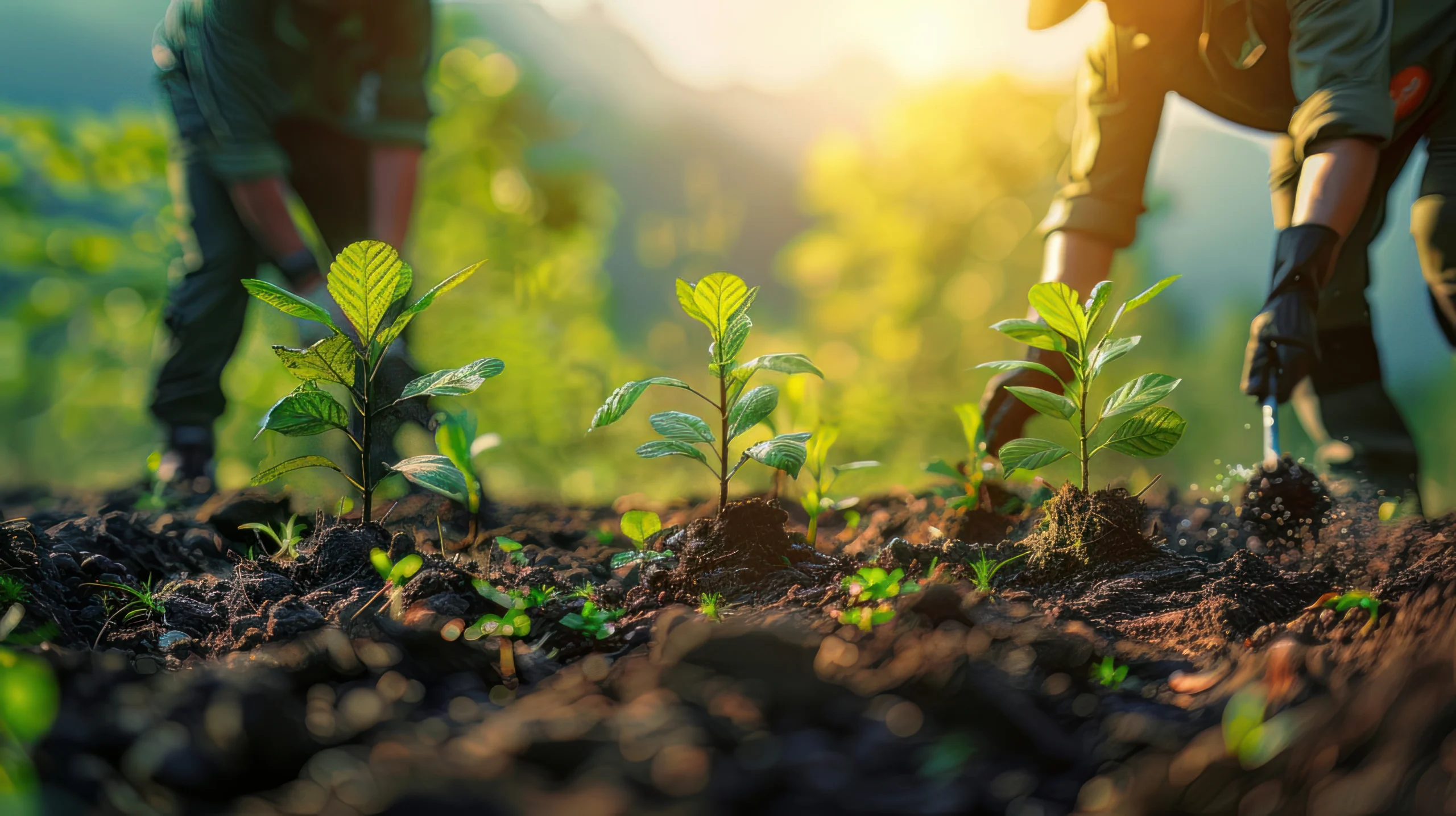Warning: foreach() argument must be of type array|object, bool given in /home/u780765189/domains/akshayseed.com/public_html/wp-content/themes/akshayseed/single.php on line 8
From Seed to Harvest: A Farmer’s Guide to Sowing Success
Farming is more than just planting seeds in the soil—it’s a journey of planning, nurturing, and timing. Whether you’re a new-age farmer or someone following traditional practices, understanding each stage from seed selection to harvest can make a big difference in your crop yield and income.
1. Choose the Right Seed for the Right Crop
The first and most important step is selecting the right seeds based on:
Climate and Soil Type
Know your local weather patterns and soil condition. Some seeds thrive in sandy soil, while others need loamy or black soil.Seasonal Crops
Identify whether the crop is suitable for Kharif, Rabi, or Zaid seasons. For example, paddy and maize grow best in Kharif, while wheat and mustard are Rabi crops.Certified & High-Yield Seeds
Always prefer certified, disease-resistant, and hybrid seeds. They offer better germination rates and higher output.
2. Land Preparation and Soil Health
Good land preparation lays the foundation for healthy crops.
Ploughing & Levelling: Helps loosen the soil and improve air and water flow.
Soil Testing: Get your soil tested to check pH levels and nutrient content.
Organic Manure or Compost: Improve soil fertility naturally before sowing.
3. Correct Sowing Techniques
The method of sowing directly affects plant growth:
Seed Treatment: Soak seeds in bio-fertilizer or fungicide to protect against early diseases.
Spacing & Depth: Maintain recommended distance and depth for each seed to ensure healthy root and plant development.
Right Time: Always follow the sowing calendar based on the crop variety and weather forecast.
4. Irrigation Management
Water is life for plants—but only in the right amount.
Drip Irrigation or Sprinklers: Modern irrigation saves water and delivers nutrients directly to the roots.
Avoid Waterlogging: Especially for crops like onions and groundnuts.
5. Weed, Pest, and Disease Control
A little negligence can reduce crop quality and quantity:
Timely Weeding: Remove unwanted plants that compete for nutrients.
Use of Organic Pesticides: Neem oil, cow dung-based mixtures are effective and eco-friendly.
Crop Rotation: Helps naturally break the cycle of pests and diseases.
6. Nutrient Management
Boost plant growth by applying the right nutrients at the right time:
Use of NPK Fertilizers: Follow balanced use of Nitrogen (N), Phosphorus (P), and Potassium (K).
Foliar Sprays: Apply micronutrients like Zinc, Iron, and Boron during key growth stages.
7. Monitoring Growth Stages
Each crop goes through various stages like germination, vegetative, flowering, and maturity.
Record Keeping: Track plant growth, fertilizer application, and any problems you notice.
Field Visits: Regular monitoring helps in early detection of issues.
8. Harvesting at the Right Time
The final and most rewarding step is harvesting:
Right Maturity Stage: Don’t rush. Harvest only when grains or fruits reach full maturity.
Manual vs. Mechanical: Choose based on your farm size and crop type.
Post-Harvest Handling: Clean, dry, and store your produce properly to avoid spoilage and get better market rates.
Final Thoughts
Farming success doesn’t depend only on the weather—it depends on knowledge, timing, and careful execution. By following this step-by-step “seed to harvest” guide, farmers can increase crop productivity, reduce losses, and make the most out of their efforts.
At Akshay Seed, we believe in empowering farmers with quality seeds and practical farming knowledge. Want help choosing the best seeds for your farm? Contact us today or explore our seed catalog.


